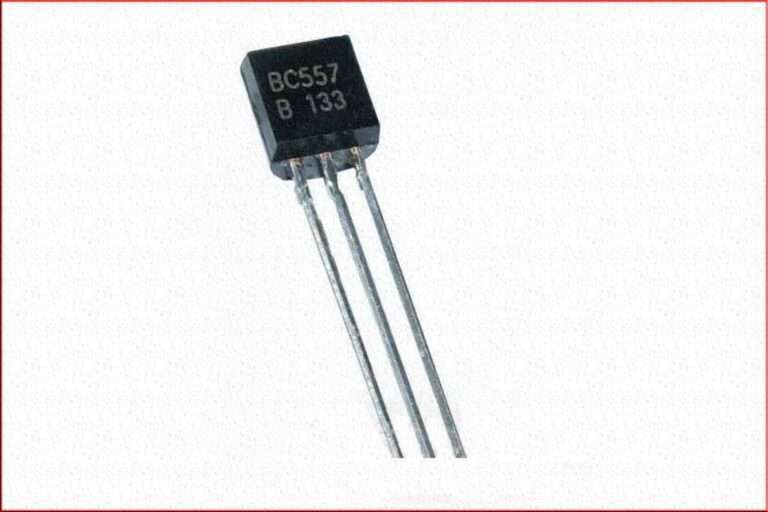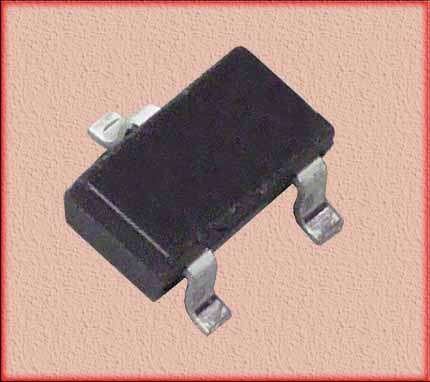LM386 Amplifier Pinout – Easy Guide
Table of Contents
Introduction
In this article, we will explore the LM386 Amplifier pinout in detail, including the purpose of each pin and the components required for its basic circuit design. The LM386 Amplifier is a popular choice for audio amplification due to its simplicity, low cost, and versatility.
To effectively use the LM386 Amplifier, it’s important to understand its LM386 Amplifier pinout and how to properly connect it in a circuit. We will also cover how to read the pinout diagram and troubleshoot common issues, as well as provide examples of basic and advanced circuit diagrams. Finally, we will discuss some of the common applications of the LM386 Amplifier and offer our final thoughts on its pinout.

The LM386 Amplifier is a power amplifier designed to drive loads with low impedance. It operates on a single supply voltage, making it an ideal choice for battery-powered applications. The LM386 Amplifier is capable of delivering up to 1W of power, and its gain can be adjusted by changing the value of a single external resistor.
LM386 Amplifier Pinout Details
The LM386 Amplifier has eight pins, each of which serves a specific purpose in the amplifier’s operation. To know more about LM386 Amplifier pinout let’s start with Pin 1. It is the gain control input, which is used to adjust the amplifier’s gain. The Pin 2 is the input pin, which receives the audio signal. Pin 3 is the bypass pin, which is used to bypass the internal amplifier gain and reduce noise.
The Pin 4 is the output pin, which delivers the amplified audio signal. Pin 5 is the supply voltage pin, which is connected to the positive supply voltage. The Pin 6 is the ground pin, which is connected to the negative supply voltage. Pin 7 is the bypass capacitor pin, which is used to reduce noise. Pin 8 is the gain control capacitor pin, which is used to stabilize the amplifier’s gain.
The LM386 Amplifier requires several components to function properly. Capacitors and resistors are required to set the amplifier’s gain and control its frequency response. Input and output capacitors are used to block DC signals and ensure that only the AC audio signal is amplified.
Circuit Design with LM386 Amplifier
The basic circuit design for the LM386 Amplifier is relatively simple. The input signal is connected to pin 2, and the output signal is taken from pin 4. Pin 5 is connected to the positive supply voltage, while pin 6 is connected to the negative supply voltage. A resistor is connected between pin 1 and pin 8 to adjust the amplifier’s gain.
LM386 Guitar Amplifier Circuit: This circuit is designed to amplify the audio signals from an electric guitar and output them through a speaker. The circuit consists of an LM386 amplifier, a few capacitors and resistors, an input jack, and a volume control. The input jack is connected to the guitar and the volume control adjusts the volume of the output signal.
LM386 Dual Power Amplifier Circuit: This circuit is a dual power amplifier circuit that can be used to drive two speakers. The circuit consists of two LM386 amplifiers, a few capacitors and resistors, and an input source. The input source can be a stereo audio source or two mono audio sources.
LM386 Bass Boost Amplifier Circuit: This circuit is designed to boost the bass frequencies of an audio signal. The circuit consists of an LM386 amplifier, a few capacitors and resistors, and a bass boost filter. The bass boost filter is used to boost the bass frequencies of the audio signal and the LM386 amplifier is used to amplify the signal.
LM386 Amplifier Issues and Solution
Like any other electronic circuit, the LM386 amplifier circuit can have its own set of issues. Some common issues with the LM386 amplifier pinout are:
- Noise in the output signal: This can be caused due to the improper grounding of the circuit or due to the presence of electromagnetic interference.
- Overheating of the LM386 amplifier: This can be caused due to a short circuit or due to excessive voltage or current.
- Low volume in the output signal: This can be caused due to a weak input signal or due to incorrect resistor or capacitor values.
Solutions for these issues are:
- Properly grounding the circuit and shielding it from electromagnetic interference.
- Checking for short circuits and ensuring that the voltage and current are within the permissible limits.
- Checking the input signal and ensuring that the resistor and capacitor values are correct.
Applications of LM386 Amplifier
The LM386 amplifier is widely used in various audio applications such as:
- Portable audio devices such as radios, mp3 players, and smartphones.
- Guitar amplifiers and other musical instruments.
- Home audio systems such as stereo systems, bookshelf speakers, and soundbars.
- Public address systems such as microphones, amplifiers, and loudspeakers.
Conclusion
In conclusion, the LM386 amplifier pinout is a versatile and widely used electronic circuit that is used in a variety of audio applications. Understanding the pinout diagram and the different components of the circuit is essential to designing and troubleshooting the circuit. With proper use and care, the LM386 amplifier can provide high-quality audio amplification for various applications.
Follow us on LinkedIn”Electrical Insights” to get the latest updates in Electrical Engineering. You can also Follow us LinkedIn to see our latest posts.




